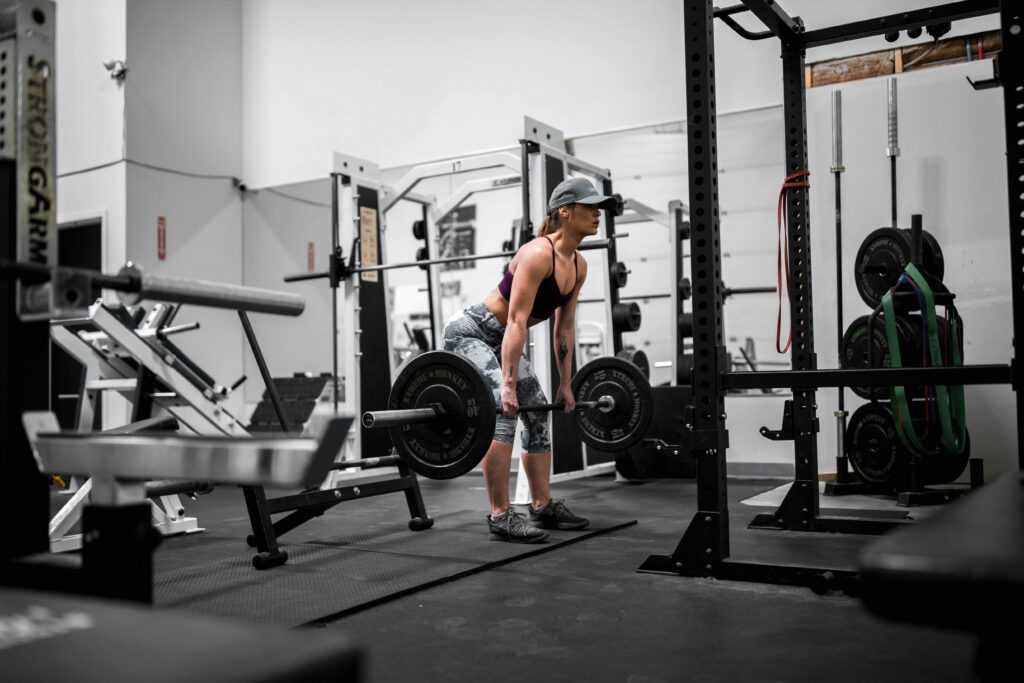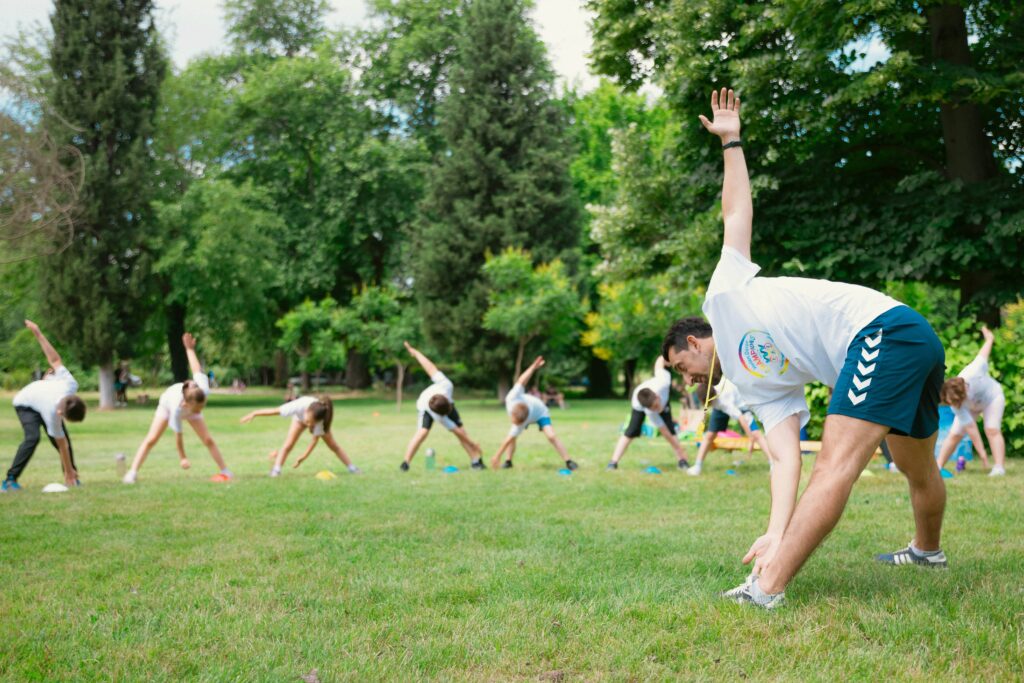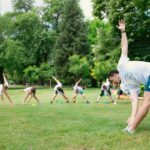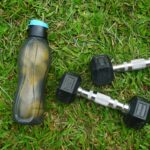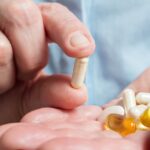Now Reading: Exercise and Addiction Relapse Prevention: Moving Toward Long-Term Recovery
-
01
Exercise and Addiction Relapse Prevention: Moving Toward Long-Term Recovery
Exercise and Addiction Relapse Prevention: Moving Toward Long-Term Recovery
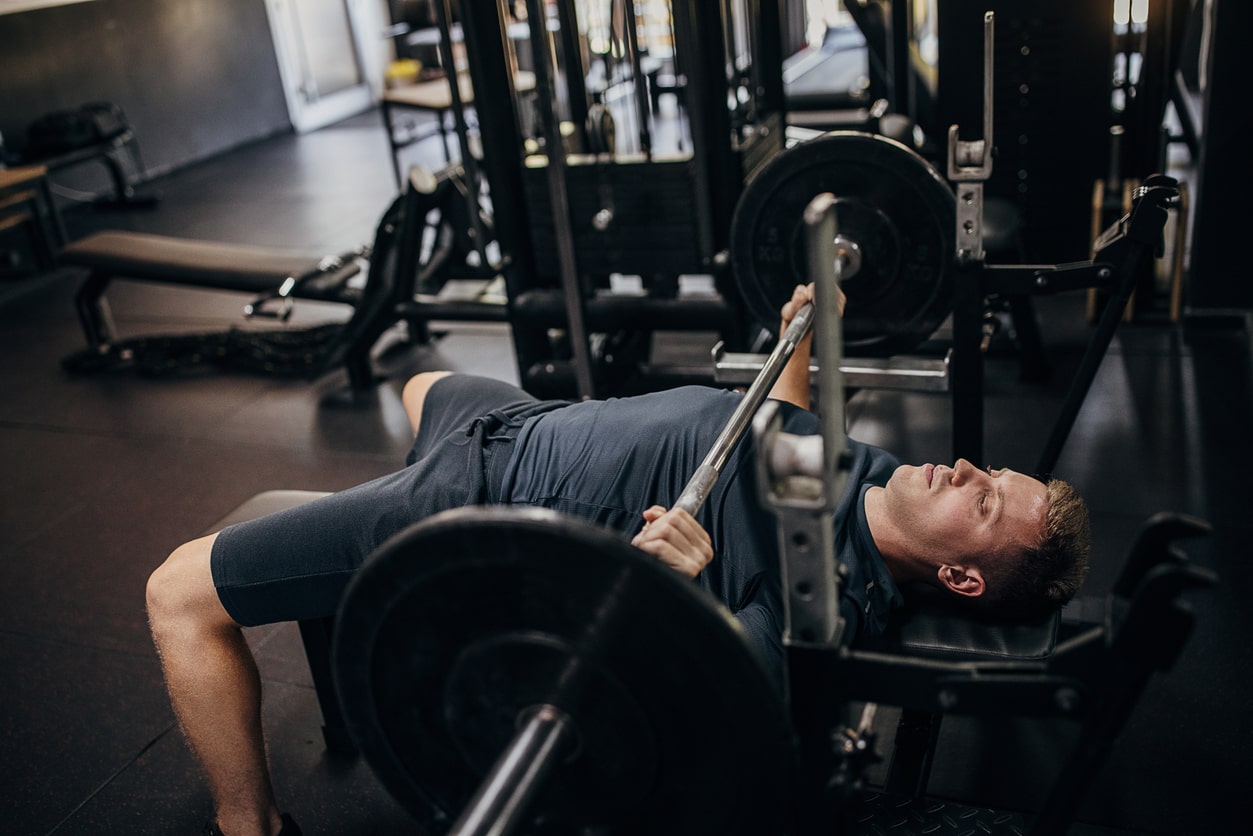
Introduction
Recovery from addiction is a lifelong journey. While therapy, support groups, and medical interventions play vital roles, one often-overlooked tool in this process is exercise. Regular physical activity offers a wide range of mental and physical health benefits, making it a powerful ally in the fight against relapse. In this article, we explore the role of exercise and addiction relapse prevention, and how moving your body can help you stay grounded, reduce cravings, and build a healthier, substance-free life.
The Science Behind Exercise and Relapse Prevention
Addiction alters the brain’s reward system. Substances like alcohol or drugs artificially boost dopamine levels, creating feelings of pleasure. Over time, the brain becomes dependent on these substances to feel good.
Exercise, however, offers a natural way to stimulate dopamine, serotonin, and endorphins—the brain’s feel-good chemicals. According to a study published in Frontiers in Psychiatry, physical activity has a positive impact on mood, cognitive function, and reduces the likelihood of relapse in individuals recovering from substance use disorders (Wang et al., 2014).
How Exercise Helps Prevent Relapse
1. Reduces Cravings
Cravings are common in recovery and can be intense. Exercise helps divert attention and reduce the intensity of cravings. Engaging in physical activity, even for just 20–30 minutes, can shift focus and provide a healthy outlet for the energy and stress fueling those urges.
2. Manages Stress and Anxiety
Stress is a well-known trigger for relapse. Exercise reduces levels of cortisol, the body’s primary stress hormone, and boosts mood-enhancing neurotransmitters. Running, swimming, or yoga can act as a natural anti-anxiety remedy, promoting emotional balance.
3. Improves Sleep Quality
Sleep disturbances are common during early recovery. Poor sleep can lead to irritability and lower resilience to cravings. Exercise helps regulate sleep cycles, allowing for deeper and more restorative rest.
4. Boosts Self-Esteem and Confidence
Recovery often involves rebuilding a sense of self. Regular exercise improves physical appearance, strength, and endurance, which in turn builds self-esteem. Feeling strong and capable reinforces motivation to stay sober.
5. Creates Routine and Purpose
Structure is key in recovery. Incorporating regular exercise into daily routines adds predictability and healthy habits. Whether it’s a morning walk or a scheduled gym session, exercise can fill idle time that might otherwise lead to relapse.
6. Provides a Healthy Social Outlet
Group fitness classes, running clubs, or sports teams offer opportunities for positive social interaction. Building connections with others who value health and well-being can reduce feelings of isolation and support long-term recovery.
Best Types of Exercise for Addiction Relapse Prevention
You don’t need to become a marathon runner to benefit from exercise. The key is consistency and enjoyment. Choose activities that you like and can stick with over time.
1. Walking or Jogging
- Great for beginners
- Improves cardiovascular health
- Helps clear the mind and reduce cravings
2. Yoga and Mindful Movement
- Combines physical activity with mindfulness
- Enhances emotional regulation
- Reduces anxiety and supports inner peace
3. Strength Training
- Builds resilience and confidence
- Encourages discipline and routine
- Increases metabolism and energy
4. Swimming
- Low-impact and full-body workout
- Soothes the nervous system
- Ideal for stress relief
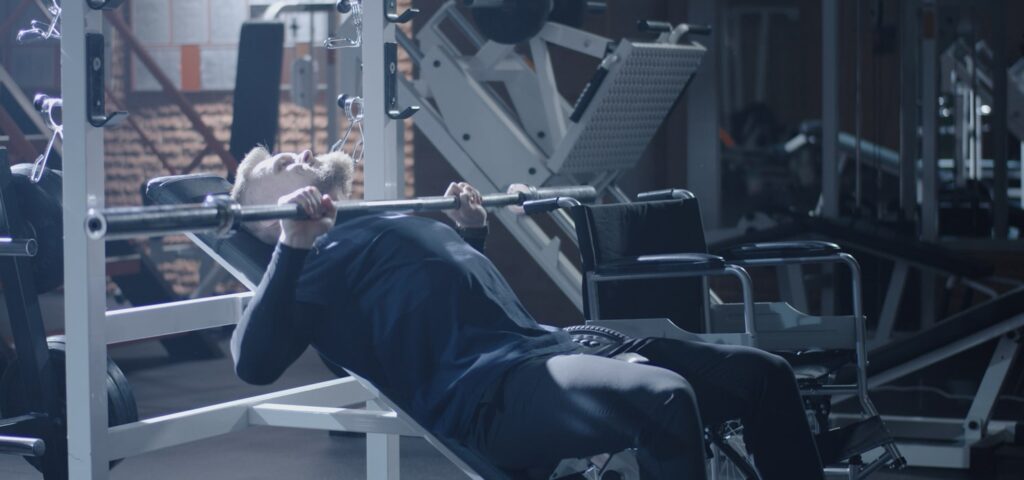
5. Team Sports or Group Classes
- Encourages social connection
- Builds accountability and motivation
- Provides a fun, structured way to stay active
Creating an Exercise Plan for Recovery
Starting small and building gradually is the best approach. Here’s a simple guide to creating a recovery-friendly fitness routine:
Step 1: Set Realistic Goals
- Aim for at least 30 minutes of moderate exercise most days of the week.
- Start with short sessions if needed (even 10 minutes counts!).
Step 2: Schedule It
- Add workouts to your calendar just like appointments.
- Keep the timing consistent to form a habit.
Step 3: Track Progress
- Use a journal or app to record activities and how you feel afterward.
- Celebrate small wins, like completing a week of workouts.
Step 4: Stay Flexible
- Life happens—don’t be hard on yourself if you miss a day.
- Listen to your body and rest when needed.
Step 5: Get Support
- Ask a friend or sponsor to be your accountability partner.
- Join online recovery fitness communities or local classes.
What the Research Says
- A study published in the Journal of Substance Abuse Treatment found that aerobic exercise reduced alcohol use in participants by increasing self-efficacy and reducing depression symptoms.
- Research from the National Institute on Drug Abuse highlights that structured exercise programs improve treatment outcomes and help reduce relapse rates.
Exercise as a Long-Term Recovery Strategy
While the early stages of recovery can be overwhelming, integrating exercise provides a steady and empowering path forward. It becomes more than a physical activity—it’s a way to:
- Release tension and process emotions
- Create a lifestyle aligned with sobriety
- Feel stronger, inside and out
As recovery progresses, exercise continues to offer new challenges and achievements. Whether it’s reaching a new personal best, completing a 5K, or simply enjoying a walk in nature, these moments remind us of our growth and resilience.
Conclusion
Exercise is a simple, accessible, and powerful tool in addiction relapse prevention. It reduces cravings, boosts mood, improves sleep, and gives life structure and purpose. Most importantly, it reconnects recovering individuals with their bodies and builds a foundation for long-term well-being.
If you or a loved one is navigating recovery, consider making physical activity a part of the journey. The benefits are more than just physical—they’re life-changing.

Kevin Fletcher is a seasoned writer with over 10 years of experience crafting engaging and informative content in the health, fitness, and wellness industries. Passionate about helping readers live healthier lives, Kevin combines research-backed insights with practical tips to inspire positive change.












